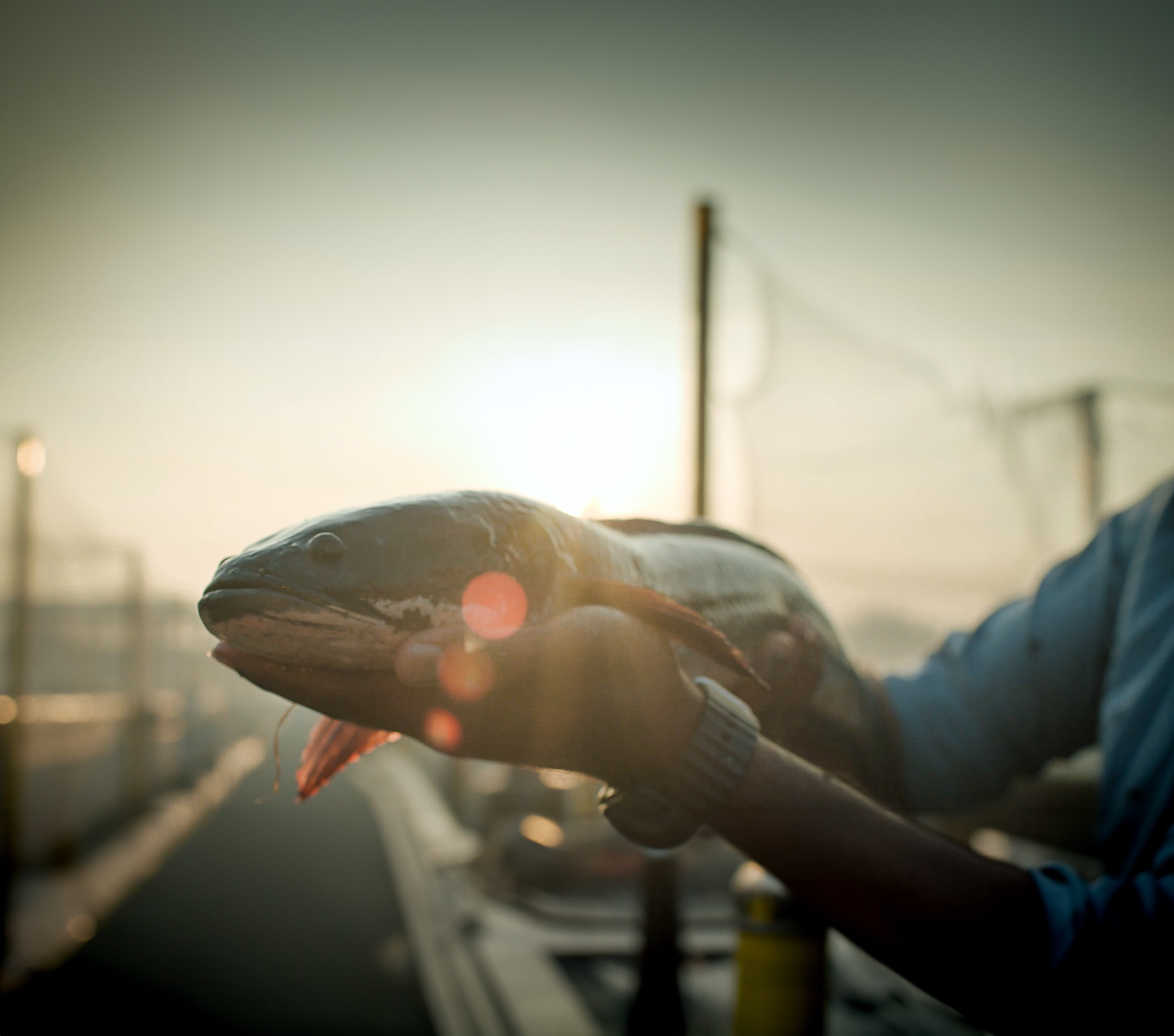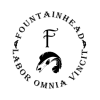
Fountainhead Agro Farms Pvt. Ltd.
Technology
Our technology, customized for the specific conditions of the Indian geography, topography, and meteorology, represents a distinctive and comprehensive innovation for indoor fish production. Fresh Water Fish Farming provides advanced, sustainable, and cost-effective solutions for current fish-growing needs, featuring state-of-the-art Recirculating Aquaculture Systems (RAS). Our super-intensive aquaculture production, incorporating Israeli technology, ensures optimal water usage in a land-based, eco-friendly, enclosed, and controlled environment, significantly reducing the risk of disease contamination.
Why Choose RAS?
RAS offers several advantages over traditional fish farming:
Water Efficiency: RAS requires far less water than conventional systems, as they recycle most of their water, leading to reduced water consumption and allowing for farming in areas where groundwater is limited or in urban areas.
Temperature Control: The ability to control water temperature is a significant advantage of RAS, as it allows for year-round growth and maximizes production by maintaining the water temperature at the optimal level.
Space Utilization: RAS systems require far less surface area than traditional aquaculture, making them suitable for locations with limited space or in urban areas. This is due to the high stocking densities that can be achieved in RAS, allowing for efficient land use.
Quality Control: RAS enables precise control over water quality, leading to the absence of leaks and controlled discharge of waste, as well as better feed conversion and growth due to optimal levels of dissolved oxygen.
Technology
What is Recirculating Aquaculture Systems (RAS)?
Recirculating Aquaculture Systems (RAS) is a method of fish farming that reuses water within the system. In RAS, water is continuously recycled through the tanks where the fish are kept. This water is treated to remove waste and maintain optimal water quality for the fish. RAS allows for more control over the aquaculture environment, reduces water usage, and can be implemented in various locations, including urban areas. It’s an increasingly popular and sustainable approach to fish farming.
Components of a RAS System
A typical Recirculating Aquaculture System (RAS) consists of several key components that work together to maintain water quality and provide a suitable environment for fish farming. These components may include:
Growing Tank: The growing tank is the primary enclosure where the fish are raised. Fresh Water Fish Farming provides a controlled environment for the fish, including appropriate water quality, temperature, and space for the fish to grow.
Sump/Particulate Removal Device: The sump is a reservoir at the lowest point of the RAS where water collects. It serves as a settling area for solid waste removal. Particulate removal devices such as drum filters or settlement tanks are used to remove solid waste and particles from the water, helping to maintain water quality.
Biofilter: The biofilter is a critical component of RAS. It contains beneficial bacteria that convert toxic ammonia and nitrite produced by fish waste into less harmful nitrate through a process called nitrification. This helps maintain water quality and is essential for the health of the fish.
Oxygen Injection with U-Tube Aeration: This component involves injecting oxygen into the water to ensure adequate dissolved oxygen levels for the fish. U-tube aeration is a method of efficiently dissolving oxygen into the water using a U-shaped tube and air stones or diffusers.
Water Circulation Pump: The water circulation pump is responsible for moving water through the RAS, ensuring that water is properly circulated through the filtration system, biofilter, and growing tanks. This helps maintain consistent water quality and oxygen levels throughout the system.
Water Heating System: The water heating system is used to maintain the appropriate water temperature for the specific species of fish being farmed. It ensures that the water remains within the optimal temperature range for fish growth and health.
Ozone and Ultraviolet Sterilization: Ozone and ultraviolet (UV) sterilization are methods used to disinfect and sterilize the water in RAS. Ozone and UV light can help control pathogens, bacteria, and algae, contributing to improved water quality and fish health.
Backup Systems: Backup systems are essential for ensuring the continued operation of the RAS in case of equipment failure or power outages. This may include backup power generators, emergency aeration systems, redundant equipment, and alarms to alert operators of any issues.
The Future of RAS
The future of Recirculating Aquaculture Systems (RAS) shines bright, fuelled by technological leaps, a surge in eco-friendly aquaculture, and a rising appetite for top-notch fish. These closed-loop systems offer a precise and resource-efficient fish farming method, minimizing environmental footprint, water use, and land requirements. This opens doors for urban and space-limited areas to join the aquaculture revolution. As our planet’s population swells, RAS offers a sustainable answer to the booming demand for fish, tackling concerns like overfishing, polluted waters, and habitat loss. Driven by ongoing research, the integration of automation and smart monitoring, and an unwavering focus on optimal fish health and welfare, RAS is poised to spearhead the future of aquaculture, ensuring both food security and environmental sustainability.
With each stride in knowledge,
We’re on the spot when you need us, and We fast
Fresh Water Fish Farming aims to establish intelligent and sustainable mechanisms throughout the aquaculture value chain, ensuring a measurable and limited environmental footprint. This bio-circular-green economy approach will be the cornerstone of our forward and backward integration of processes.
Common Questions
Most Popular Questions
Explore answers to commonly asked questions about Murral Fish(Fresh Water Fish Farming).

Murrel fish are known for their elongated body, large mouth, and distinctive pattern of dark vertical stripes on a light background, making them a visually striking species.
FAFPL incorporates advanced recirculation aquaculture systems (RAS) and tailored Israeli technology to create a sustainable and controlled environment for fish production.
As part of its sustainability practices, FAFPL uses technology that prevents the use of antibiotics and disease treatments, as well as water recycling to ensure nature-friendly practices.
By using advanced technology, FAFPL carefully manages water usage and recycles water with minimal loss, ensuring sustainable aquaculture.
The technology at FAFPL reduces the risk of disease contamination, minimizes water usage, and promotes a nature-friendly approach to fish production, addressing environmental concerns in aquaculture.

